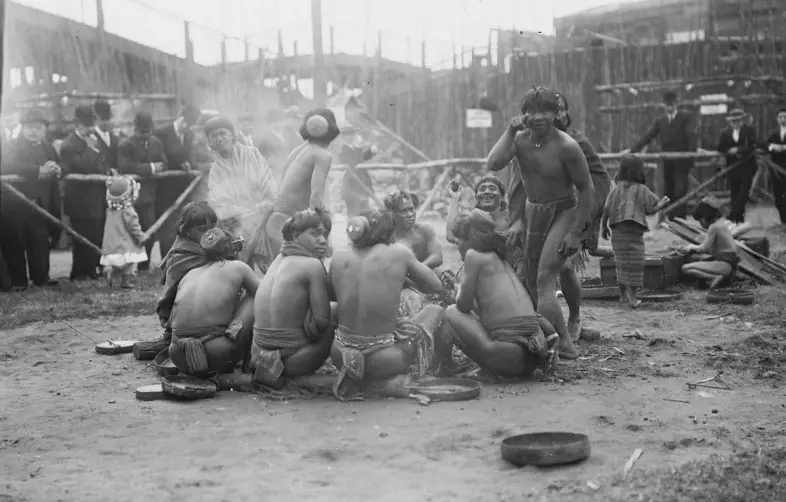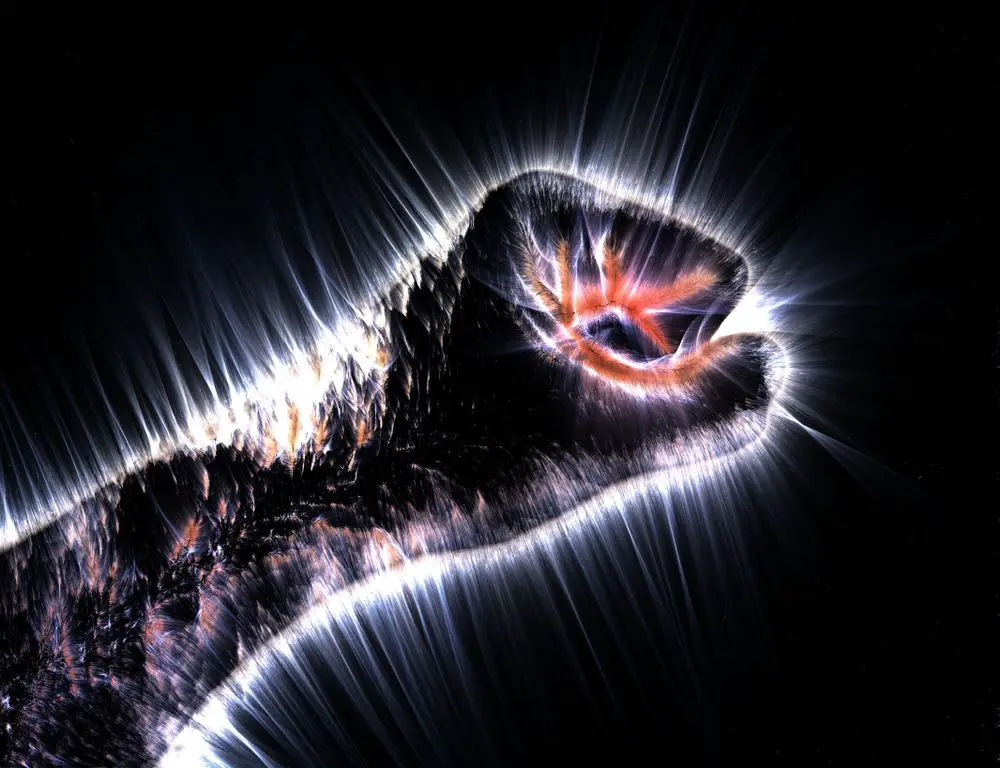 umanity has seen some horrid times in history and treated its own with disgrace, hate, and violence. At the beginning of the 20th century also known as “Modern History”, you would think that people had evolved and educated themselves with the meaning of the word equality, but sadly this was not the case.
umanity has seen some horrid times in history and treated its own with disgrace, hate, and violence. At the beginning of the 20th century also known as “Modern History”, you would think that people had evolved and educated themselves with the meaning of the word equality, but sadly this was not the case.
Over the 19th century, there were many representations of different races and unique tribes from around the world within places known as Human Zoos. Yes, you read that right, the human race had come down so low that it treated its own the same as animals, in some cases even worse.
This should not come as a surprise as the western world used to be educated in a systematic way in which every child was taught that each skin color represented “a different value”. As it has been expressed by many other writers in the fight against racism, no child is born racist just as no human is born soulless.
Believe it or not, the last Human Zoos were sighted in 1958 in America where various tribes from Asian and African countries were exhibited to tourists that would come from the other side of the country just to see them as if they haven’t seen a human before. This enthusiasm portrayed by western society is an indirect act of pure racism.
Who came up with the idea?
Although the idea of Human Zoos became mainstream during the 20th century, it started near the end of the 19th century, to be more precise around 1880. The idea of animal zoos became quite popular in the 19th century in the western world. Tourists would line up for hours and pay a hefty price to see exotic animals in an artificial habitat that looked like their own.
Carl Hagenbeck was a German animal merchant who even started the famous Hagebeck Zoo in Hamburg, Germany. During the 19th century, many explorers went around the world to connect and see forgotten civilizations and tribes around the world in their natural habitats. These discoveries and explorations were of high interest to the western society.
Hagenbeck thought that western society would be interested to see these exotic tribes in an exhibition just like animals, although his thoughts were mainly about the profits he could make by disgracing the human race. That is why in 1880 Hagenbeck sent one of his agents to gather some Inuits and bring them back to be exhibited in his zoo in Hamburg as if there were animals.
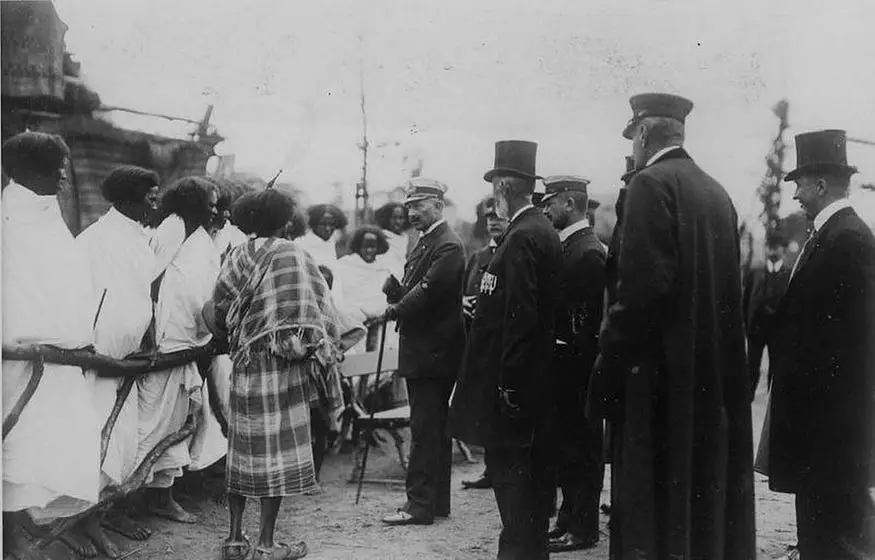
That was just a small start to an industry that exploited these indigenous tribes around the world for 70 years. Hagenbeck’s idea became quite popular near the end of the 19th century, with numerous Human Zoos appearing in Western Europe as well as America. The marketing behind this that attracted tourists from all over the world was to showcase primitive civilizations and the way that “Western humans” once lived thousands of years ago.
Treated just like animals
The people that were exhibited were treated no different than animals in zoos were treated, in some cases, even animals were treated better than these indigenous people. In the beginning, they would be integrated into animal zoos, in some cases even sharing the same living quarters with some of the animals that were peaceful and from the same habitat as the people exhibited.
Something that was brought mainly for the show was keeping the diet of these people as close to the diet that they would have within their exotic habitats, wherever possible. At night, these people would have to sleep in something very similar to the cages in which the animals would be placed at the end of the day in a zoo. Don’t think that they received any accommodation at the end of the day, as they were treated with indifference and fed by tourists as if they were animals.
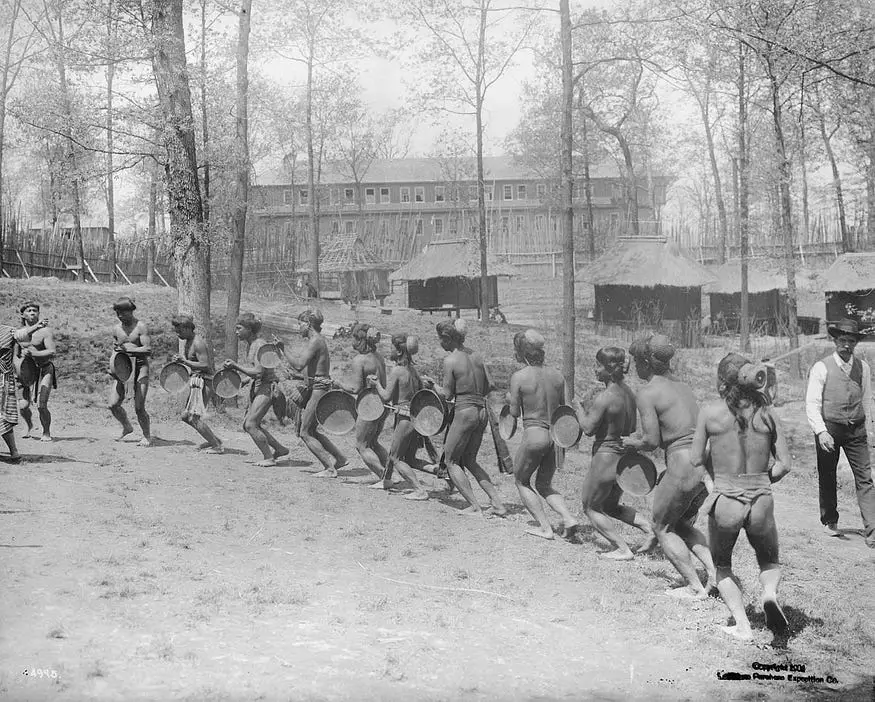
In some Human Zoos, the same habitat as the one where the indigenous people belonged was created. This meant that some of the exhibited people had to do their daily business with others watching as that was their natural way of living. Just like in the image above you can see that culturally specific huts were built for most tribes, but this was very dependent from Human Zoo to Human Zoo.
A major problem was exposing these indigenous tribes to new bacteria that would end up leading to illnesses. There was also a major lack of drinking water and in some cases even food as they were only fed twice a day, just like animals.
Discriminating cultures
In some cases (not that this is an excuse for such an atrocity), some Human Zoos did this to portray the differences between the western world and other primitive parts of the world. However, if you thought that western society could not become more disgusting they made up fairytales within the cultures of these people just to attract more tourists.
One such famous example is Ota Benga, a Congolese man who was the first to be exhibited in New York’s Bronx Zoo in 1906. The Zappo Zap people as they were known back in the day, part of the Republic of Congo, sharpened their teeth for cultural reasons. The Bronx Zoo tried to make a story behind this cultural difference in order to attract more people to the human exhibition.
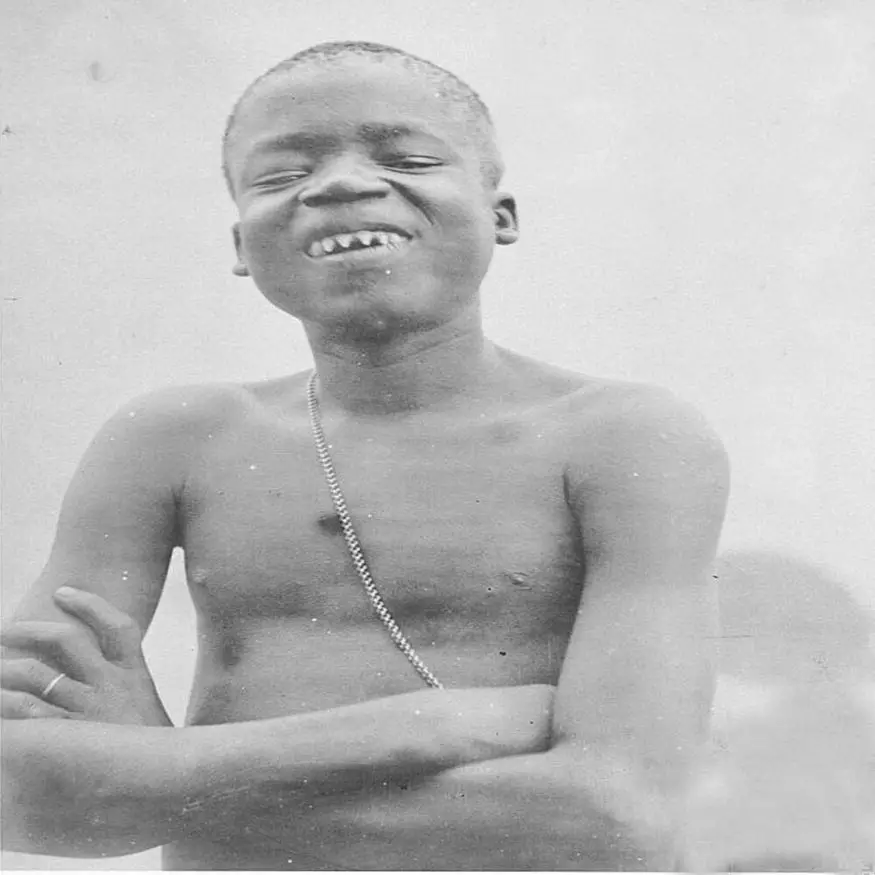
They sold off Benga’s culture as if he was the missing link within human evolution due to his sharp teeth. This brought over 40,000 people a day to see Ota Benga across the whole of America and even Western Europe. This was the western society just making their money as usual by exploiting indigenous people.
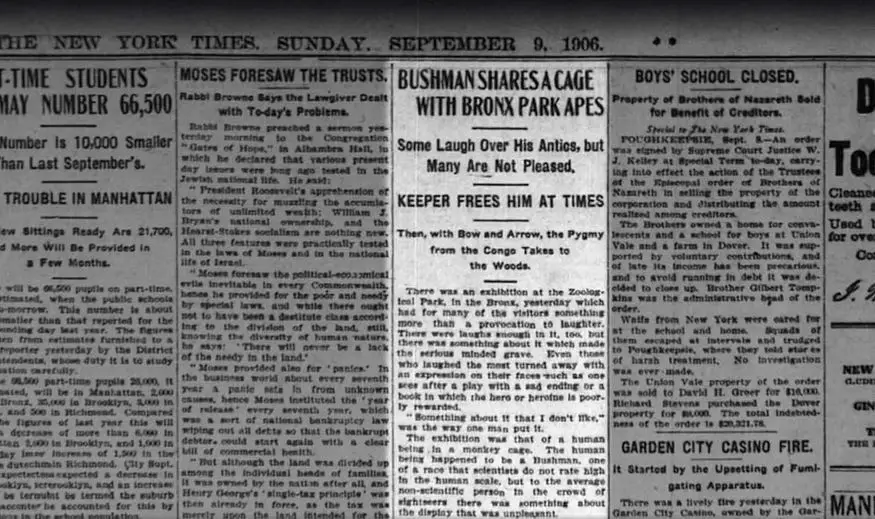
Later on, in the 19th century, this brought many scandals as some people were simply outraged at keeping someone in a cage and exhibited like an animal. That is why, in 1910, Ota Benga was released and tried to get used to the western society. After six years when Benga failed to adapt to western society, he took his own life.
Another example where a tribe was exploited due to a unique culture was the Sara-Kaba tribe from Africa. This is a tribe that lives on today and is known for circular plates inserted within the lip. These are only done by women in this tribe, with this practice being carried out for centuries to make them unattractive to slave raiders.
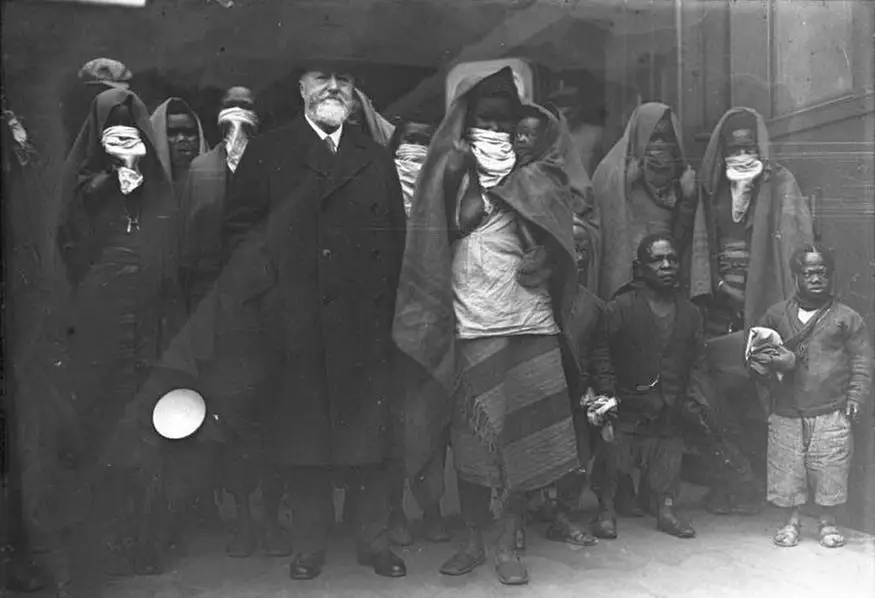
The tribe was first brought to a Human Zoo in Berlin in 1931 and it became a hot attraction overnight due to this cultural difference. In the eyes of contemporary western society, the Sara-Kaba women were seen as aliens, but no one begged the real reason for this cultural difference.
Splitting tribes and families apart
The problem was that most of western society simply didn’t care and they wanted to see more and more. You would think that all of this is illegal but it wasn’t to some extent. The way that these indigenous people were brought to the western world was with false promises of a better life. They were agreeing to contracts that they weren’t able to read because they weren’t able to read or because they were in English.
These cruel people didn’t even care to the point where small babies were getting the same sort of treatment, in some cases making them more demand by tourists. This had led to many families and tribes being broken apart and sent to different Human Zoos within the Western World.
In 1931, the Paris exhibition attracted over 34 million people in just six months. These exhibitions were sometimes shown where the tribes would perform different rituals and traditional dances to the exhibition, forced by those leading the exhibition of course.
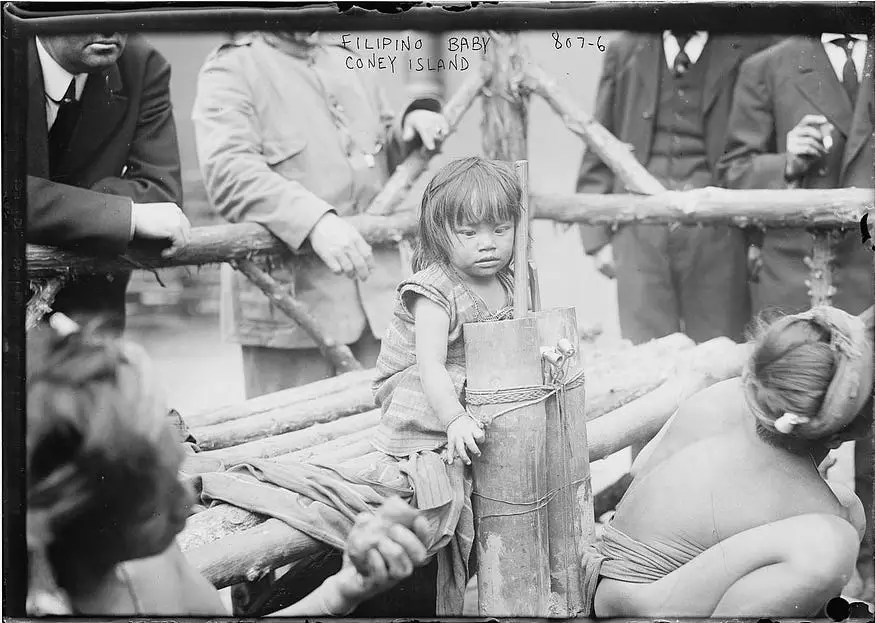
In some eyes, this exchange between some sort of psychological contract was welcomed by both parties at the beginning, but it soon turned into psychological torture for all the indigenous tribes which were transported from one country to another, being exposed to thousands of strangers. Just think how much this affected the children within these tribes.
The end of a painful era
By 1958, the Human Zoos started to die out as this method of entertainment was replaced by televisions which became more affordable to the masses. Another factor, although not as significant was the groups of people that were fighting against these institutions. I say not so significant as these people were few in number and western society didn’t really support their movement.
In the 1960s all of the Human Zoos were removed or replaced with animal zoos and most of the indigenous people were forced to adapt to western society by learning a new language and pretty much a new way of life, leaving their cultures behind. Some of the tribes managed to get back to their homelands with the help of the groups mentioned above.
Avid Writer with invaluable knowledge of Humanity!
Upcoming historian with over 30 million views online.
“You make your own life.”

